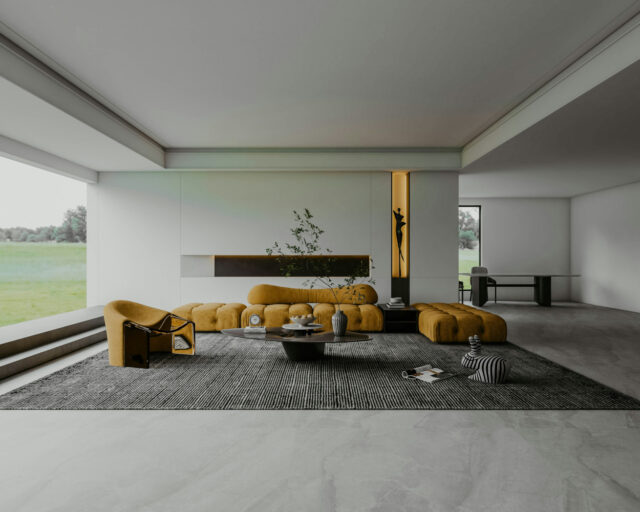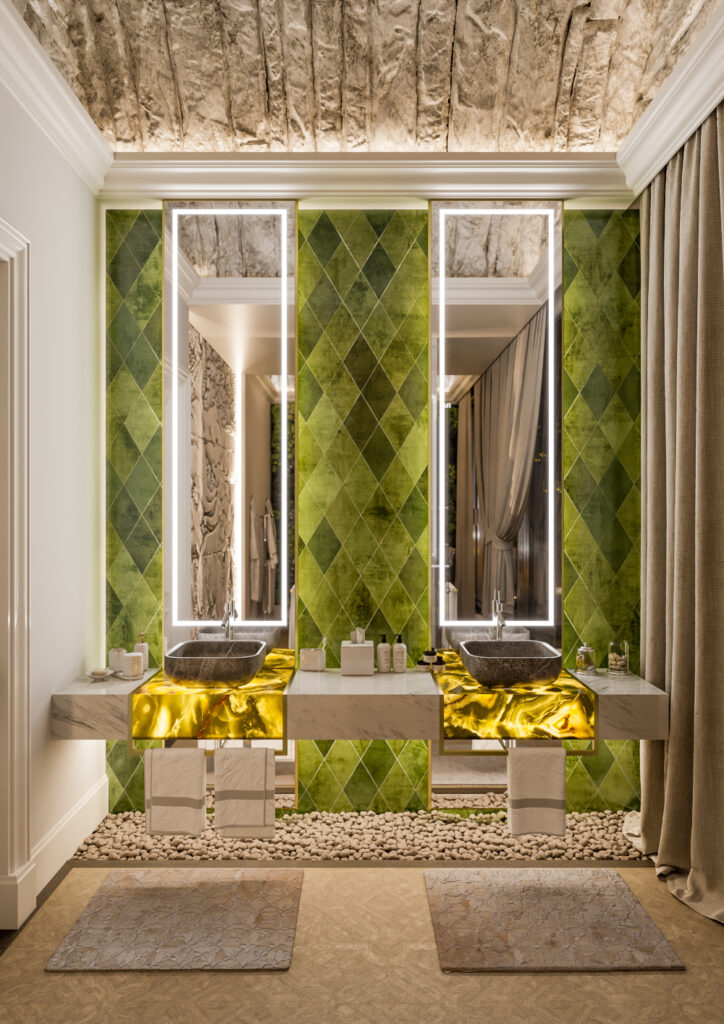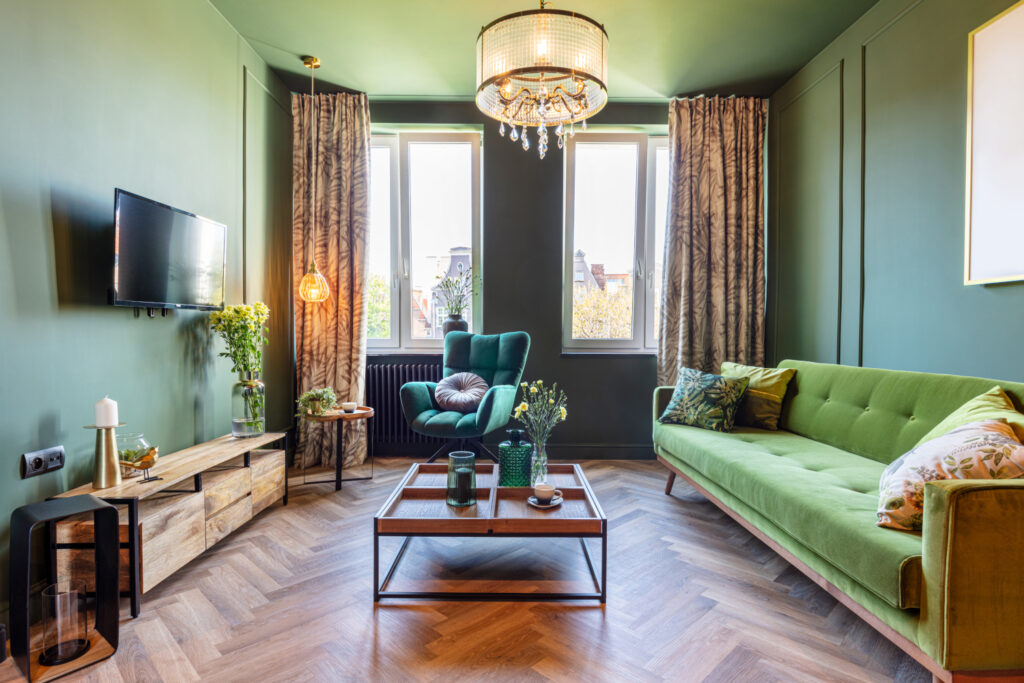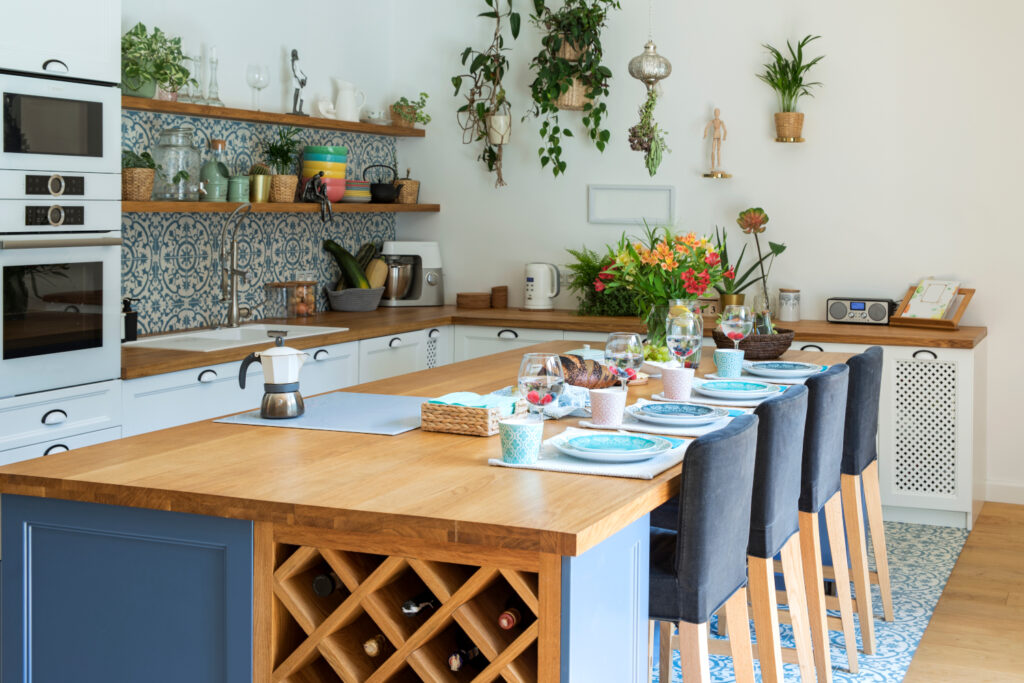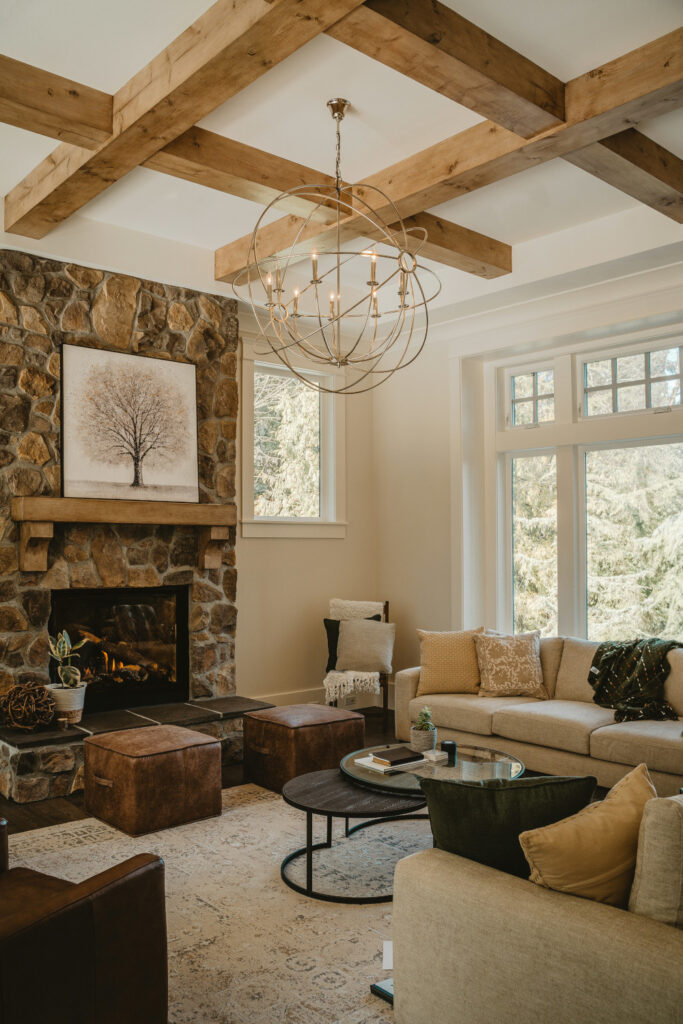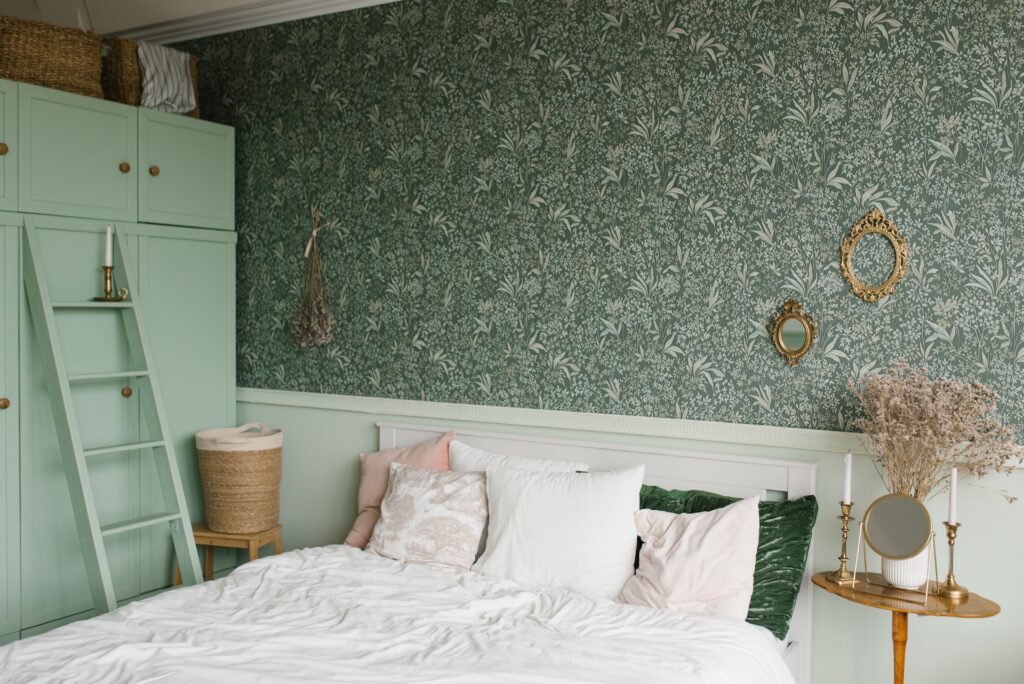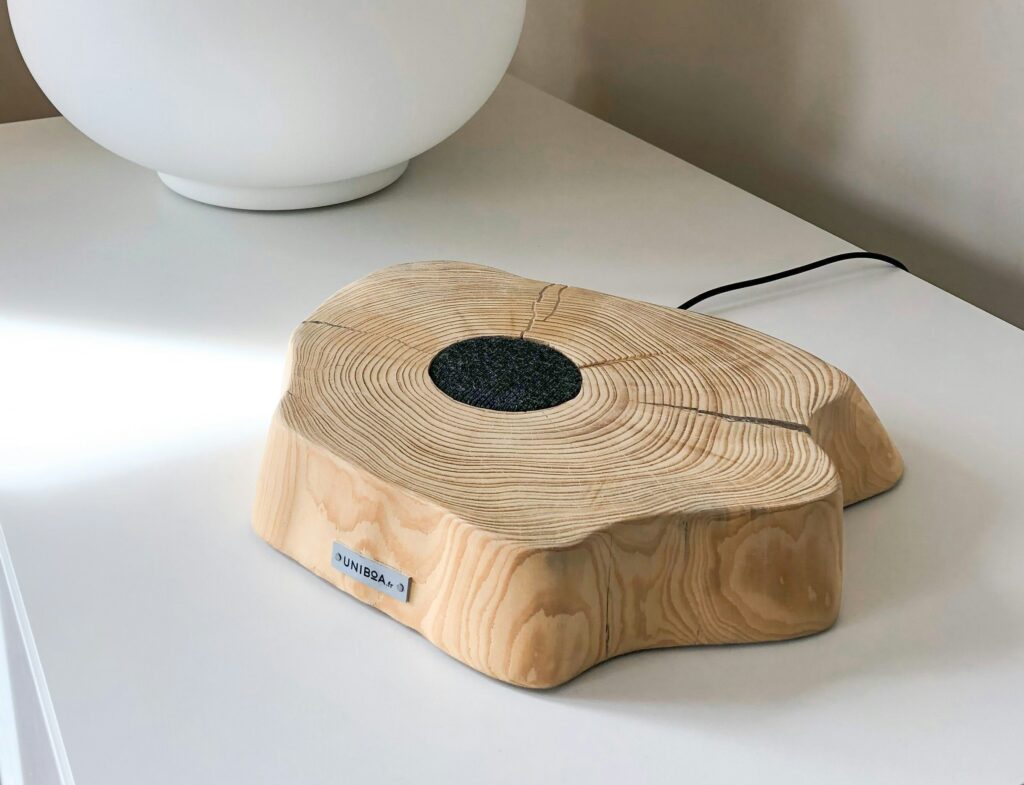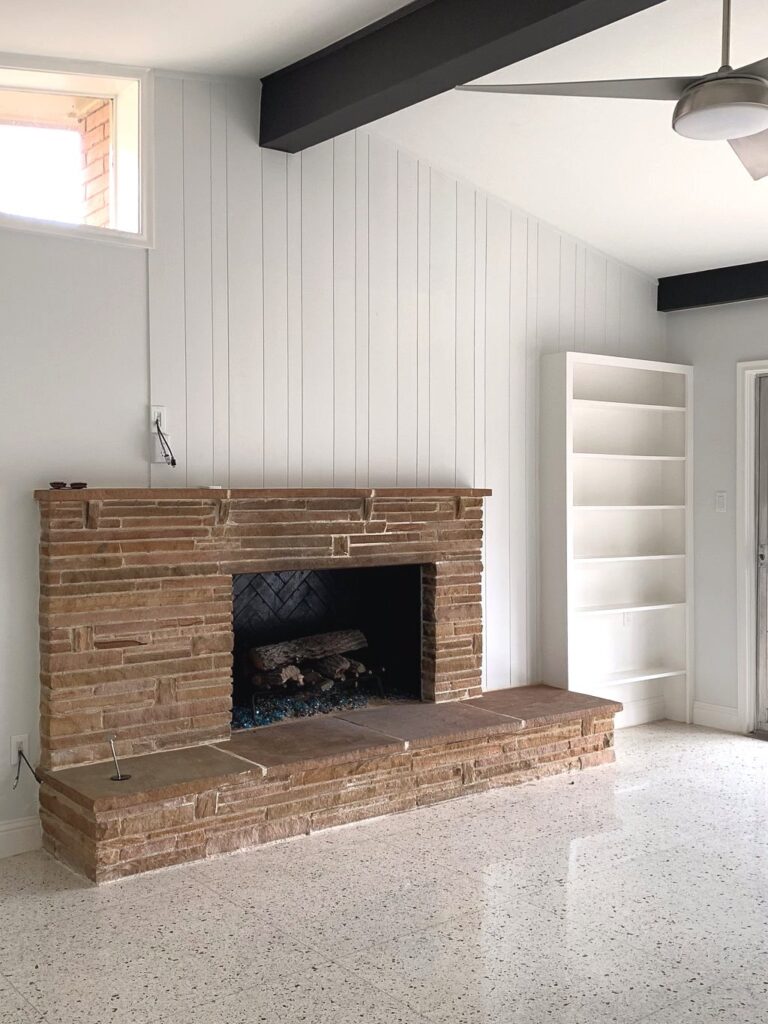Gen Z and the Future of Workplace Design
As Gen Z continues to reshape the workforce, interior designers must adapt to their unique needs and expectations. This generation, raised in a digital age and acutely aware of social and environmental issues, seeks more than just a paycheck; they crave purpose, community, and well-being in their work environments.
Key Considerations for Gen Z-Centric Workplace Design
Sustainability and Social Responsibility
- Eco-Conscious Materials: Prioritize sustainable materials and energy-efficient systems.
- Green Certifications: Aim for certifications like LEED or WELL to showcase commitment to sustainability.
- Social Impact Initiatives: Integrate opportunities for employees to volunteer or contribute to social causes, aligning the workplace with Gen Z’s desire for social responsibility.
Flexibility and Hybrid Work
- Flexible Workspaces: Provide a variety of spaces, including private offices, open-plan areas, and collaborative zones, to accommodate diverse work styles and preferences.
- Technology Integration: Equip the workplace with cutting-edge technology that supports remote work, seamless collaboration, and digital nomadism, catering to Gen Z’s tech-savvy nature.
- Ergonomic Design: Invest in ergonomic furniture and lighting to promote comfort, productivity, and well-being, addressing potential health concerns associated with prolonged screen time.

Well-being and Mental Health
- Biophilic Design: Incorporate natural elements like plants, natural light, and water features to reduce stress, improve cognitive function, and create a more serene and inspiring environment.
- Wellness Rooms: Provide dedicated spaces for relaxation, meditation, or nursing, prioritizing mental health and work-life balance.
- Healthy Materials: Use non-toxic materials and finishes to improve indoor air quality, contributing to a healthier and more productive workspace.

Community and Culture
- Social Spaces: Create spaces for informal interaction, such as lounges, kitchens, and outdoor areas, fostering community and a sense of belonging.
- Collaborative Tools: Utilize collaboration tools and technologies to facilitate teamwork, knowledge sharing, and innovation, aligning with Gen Z’s collaborative mindset.
- Inclusive Design: Consider the needs of all employees, including those with disabilities, to create an inclusive and welcoming environment that values diversity and equity.
Authenticity and Brand Identity
- Mission-Driven Design: Incorporate elements that reflect the company’s values and mission, creating a workplace that resonates with Gen Z’s desire for purpose and meaning.
- Local Flavor: Reflect the local culture and history in the design, fostering a sense of place and connection to the community.
- Employee Input: Involve employees in the design process to create a space that truly reflects their needs and preferences, empowering Gen Z and fostering a sense of ownership.

Beyond the Basics
To truly resonate with Gen Z, consider these additional strategies ion your corporate designs:
- Experiential Design: Incorporate elements that spark creativity and curiosity, such as art installations, interactive displays, or game rooms.
- Social Impact Partnerships: Collaborate with local organizations or social enterprises to create a workplace that gives back to the community.
- Gamification: Integrate gamification elements into the workplace, such as challenges, rewards, or leaderboards, to boost employee engagement and motivation.
- Personalization: Offer customization options, such as adjustable desks, personalized lighting, or the ability to personalize workspace decor, to cater to individual preferences and promote a sense of ownership.
- Mental Health Support: Provide access to mental health resources, such as counseling services or mindfulness programs, to support employee well-being and reduce stigma.
By understanding and addressing the unique needs of Gen Z, designers can create workspaces that not only attract and retain top talent but also foster innovation, productivity, and employee satisfaction. As the workplace continues to evolve, it is essential to embrace these design strategies to ensure that future generations thrive.
SOURCES: Work Design











